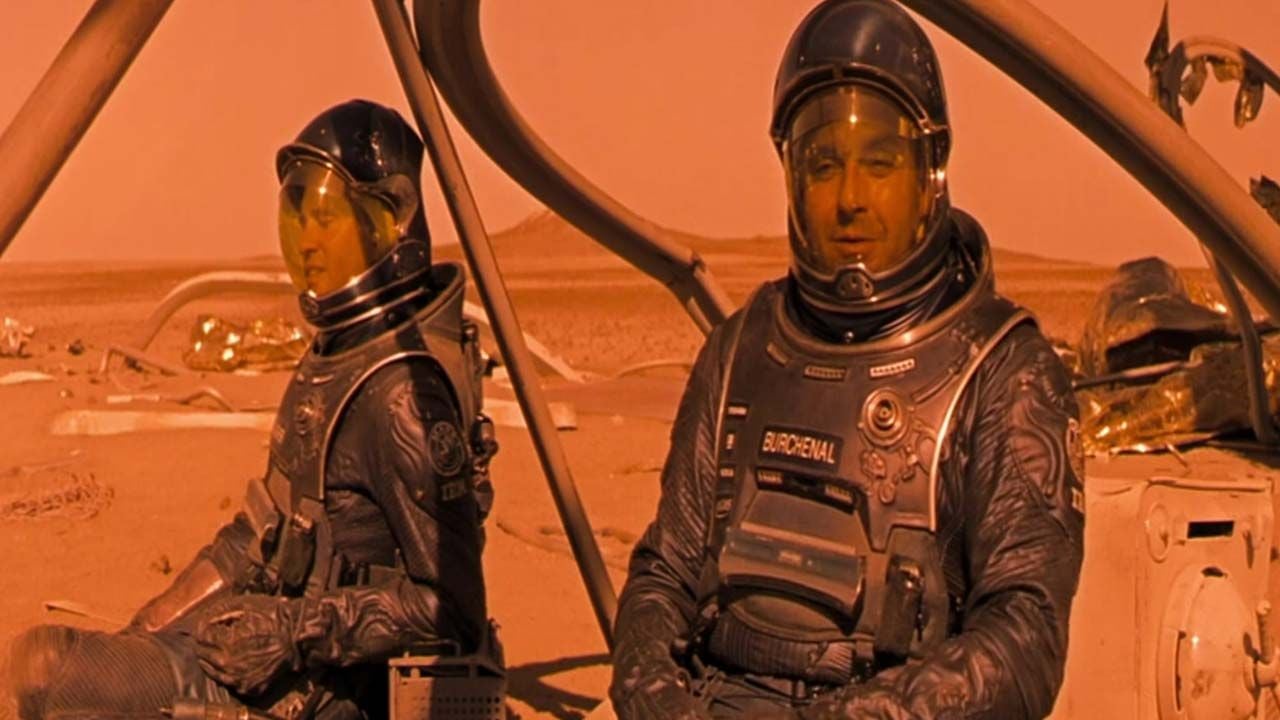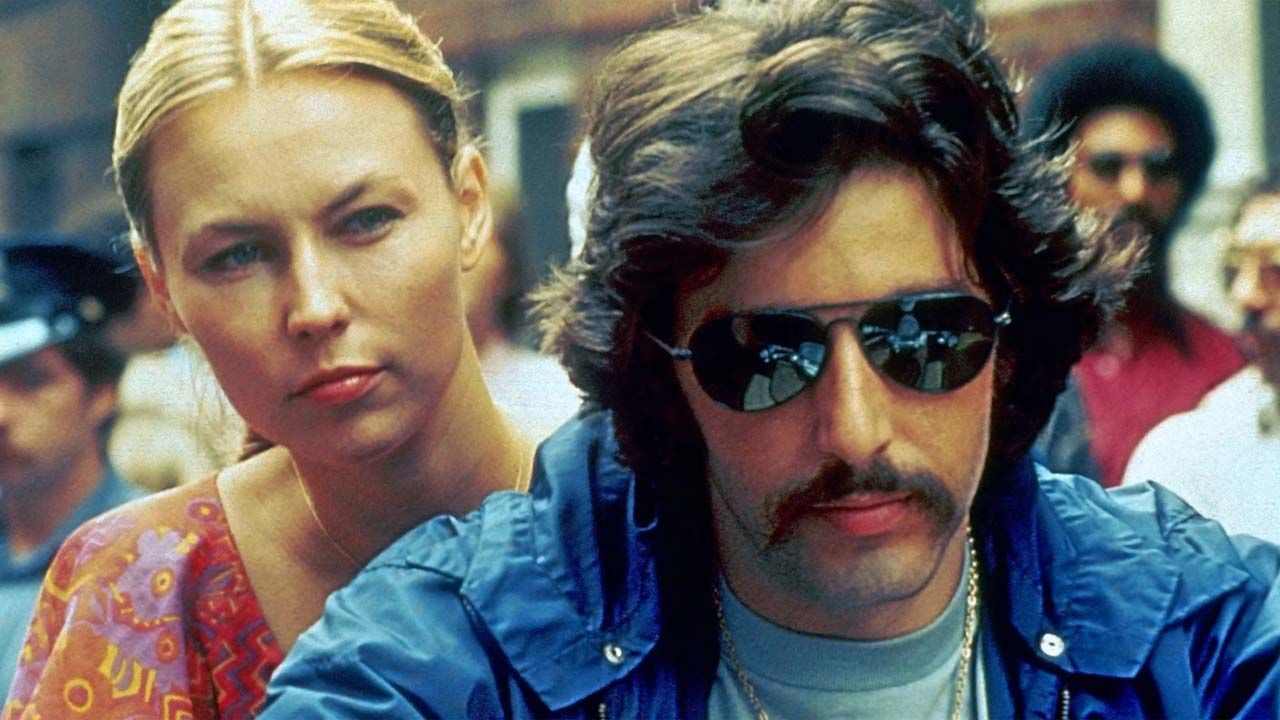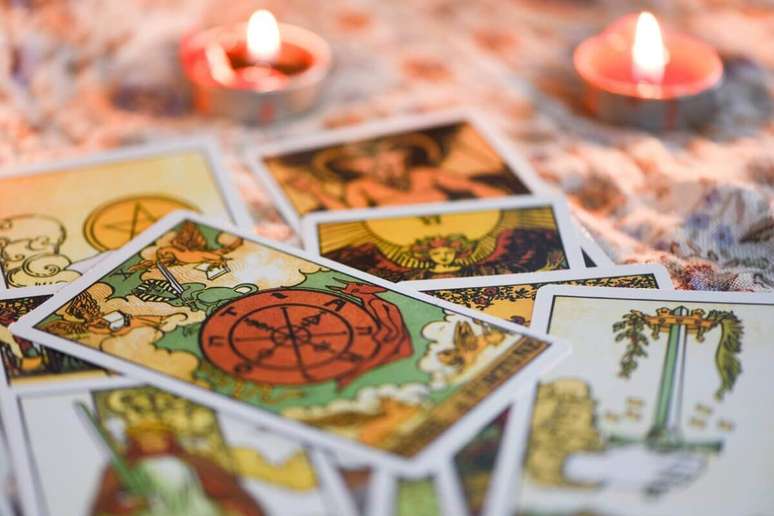110 years ago, some of the most important figures of the 20th century lived together in a European capital.
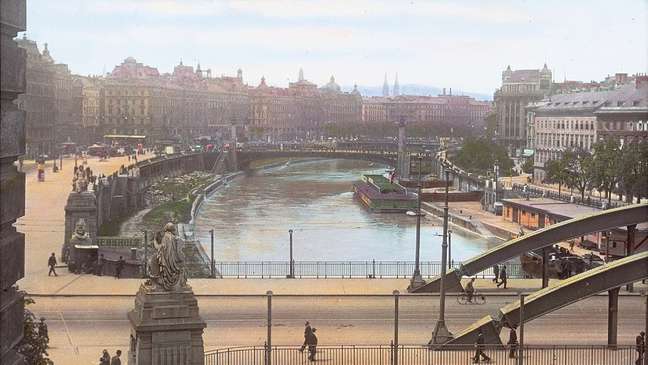
In January 1913, a man whose passport bore the name Stavros Papadopoulos got off the Krakow train at Vienna’s North Terminal station.
Dark in complexion, he sported a large farmer’s mustache and carried a very simple wooden suitcase.
“He was sitting at the table – wrote the person he would meet years later – when the door opened with a bang and a stranger entered”.
“He was short…slender…his gray-brown skin covered with pockmarks…I saw nothing in his eyes that looked like sympathy.”
The author of these lines was a dissident Russian intellectual, editor of a radical newspaper called Pravda (Truth). His name was Leon Trotsky.
The man he described was not named Papadopoulos.
Iosif Vissarionovich Dzhugashvili was born, known to his friends as Koba, and is now remembered as Joseph Stalin.
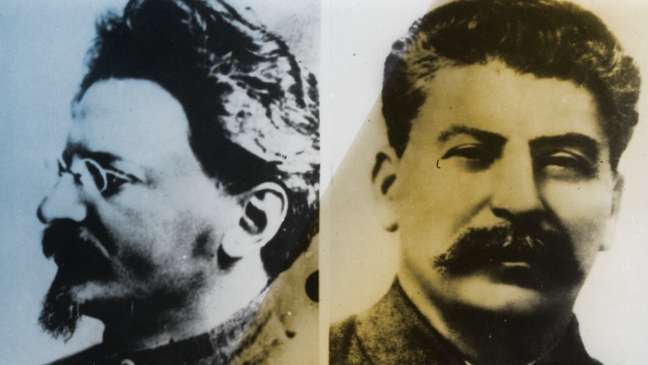
Trotsky and Stalin were just two of a string of men living in central Vienna in 1913 whose lives were to shape much of the 20th century.
110 years ago there were also Adolf Hitler, Joseph Tito and Sigmund Freud in the city.
More characters
It was a diverse group.
The two revolutionaries, Stalin and Trotsky, were on the run. Others had different motivations.
By that time, Sigmund Freud was well established.
The psychoanalyst, exalted by his followers as the one who revealed the secrets of the mind, was a famous and respected man who had become a doctor in 1881 and founded his clinic in Vienna in 1886 on the rue Berggasse.
In 1913 he published the book “Totems and taboos: some points of agreement between the psychic life of savages and that of neurotics”.
The young Josip Broz, who would later come to fame as Yugoslavia’s leader, Marshal Tito, worked at the Daimler car factory in Wiener Neustadt, a city south of Vienna, and was looking for work, money and entertainment.
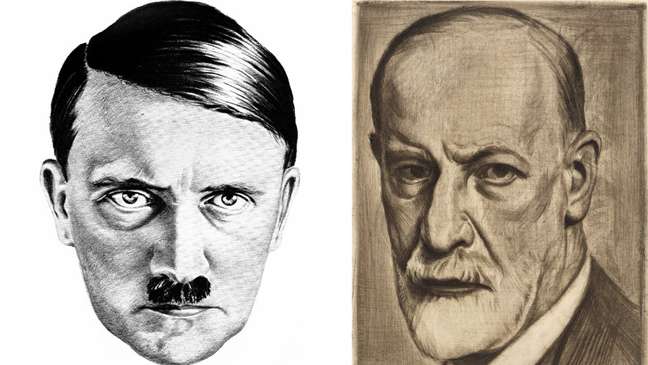
Then there was another young man, a 24-year-old from northwestern Austria, whose dream of studying painting at the Academy of Fine Arts in Vienna had been dashed twice after failing the entrance exams, and who was now staying in an inn on Meldermannstrasse, near the Danube.
It was a certain Adolf Hitler.
With a friend, he earned money by drawing postcards of famous places in Vienna and then selling them to tourists.
In his majestic evocation of the city at the time, “Thunder at Twilight,” Austrian author Frederic Morton imagined Hitler indoctrinating his housemates “on morality, racial purity, the German mission and Slavic treachery, Jews, Jesuits and Freemasons “.
“Her hair slicked back, her paint-smeared hands ripped through the air, her voice soared to an operatic pitch.”
“Then, as abruptly as he had started, he would stop. He would gather his things with an imperious noise and pace towards his cubicle.”
Coincidentally, the mayor of Vienna of those years, Karl Lueger, is considered the father of modern political anti-Semitism.
Languages
The city in 1913 was the capital of the Austro-Hungarian Empire, which included 15 nations and over 50 million inhabitants.
“Vienna was a cultural melting pot that attracted ambitious people from all over the Empire,” writer and editor Dardis McNamee told the BBC.
“Less than half of the city’s two million residents were native speakers, and about a quarter were from Bohemia (now western Czech Republic) and Moravia (now eastern Czech Republic), so Czech was spoken alongside German in many places.”
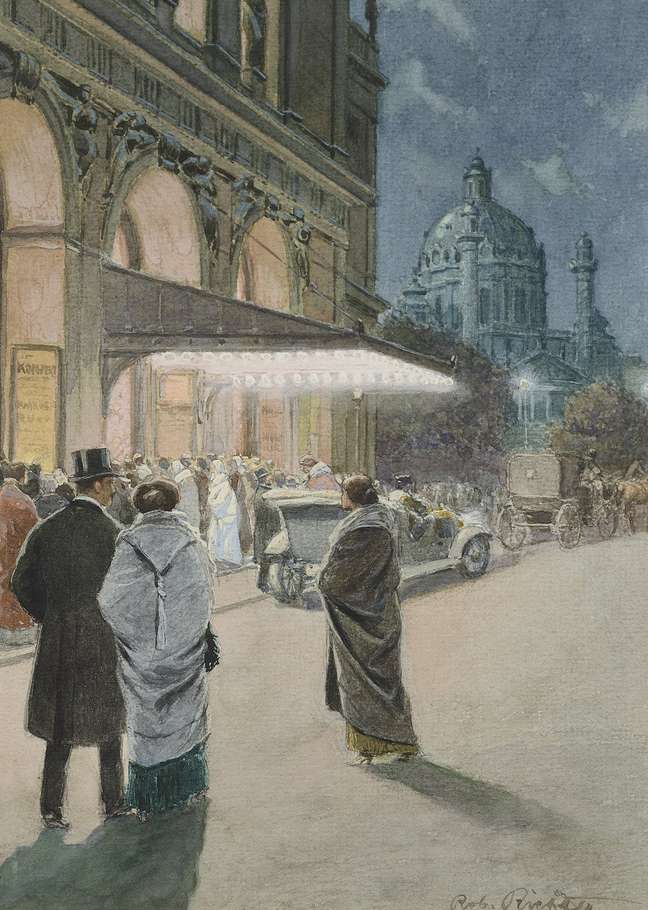
The subjects of the empire spoke a dozen languages, he explains.
“Austro-Hungarian army officers had to be able to issue orders in 11 languages in addition to German, each with an official translation of the national anthem.”
And this unique blend has created its own cultural phenomenon: the Viennese coffee.
the coffees
The legend has its genesis in the sacks of coffee left behind by the Ottoman army after the failed Turkish siege of 1683.
“Café culture and the notion of debate and discussion in cafés is a very important part of Viennese life from time to time,” Charles Emmerson, author of “1913: In Search of the World Before the Great War,” told the BBC.
“The Viennese intellectual community was really small and everyone knew each other and this allowed for exchanges across cultural borders.”
This climate, he added, favored political dissidents and fugitives.
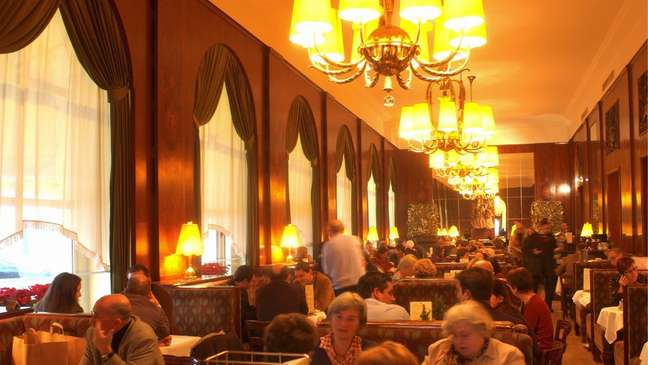
“There was no tremendously powerful central state. If you wanted to find a place to hide out in Europe where you could meet lots of other interesting people, Vienna was a good place to do it.”
Freud’s favorite haunt, Café Landtmann, still stands on the Ring, the famous boulevard that circles the city’s historic Innere Stadt.
But he also frequented the Café Central, a few minutes’ walk away, where cakes, newspapers, chess and, above all, conversation were the customers’ passions.
Among them, Trotsky, Lenin and Hitler.
A famous anecdote tells that Count Berchtold – at the time Foreign Minister of Austria-Hungary -, in the midst of a heated dispute with a local politician who argued that a war would cause a revolution in Russia, replied with disdain:
“And who will lead such a revolution? Perhaps Mr. Bronstein [Trotsky] of the Café Central?”
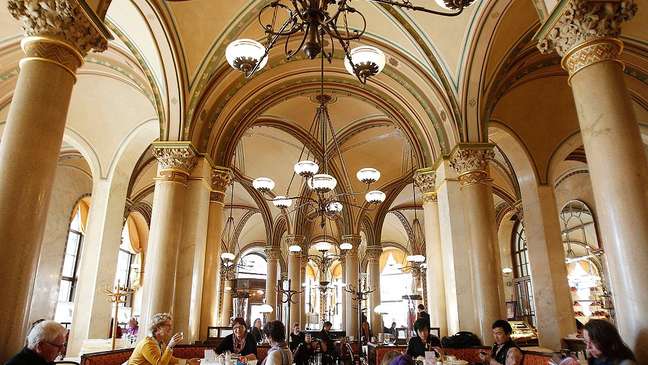
“Part of what made coffee shops so important was that ‘everyone’ is gone,” MacNamee said.
“So there was a cross-fertilization between disciplines and interests.”
“Indeed, the boundaries that later became so rigid in Western thought were very fluid.”
Furthermore, he stressed, “the surge of energy from the Jewish intelligentsia and the new industrial class enabled Franz Joseph to grant them full citizenship rights in 1867 and full access to schools and universities.”
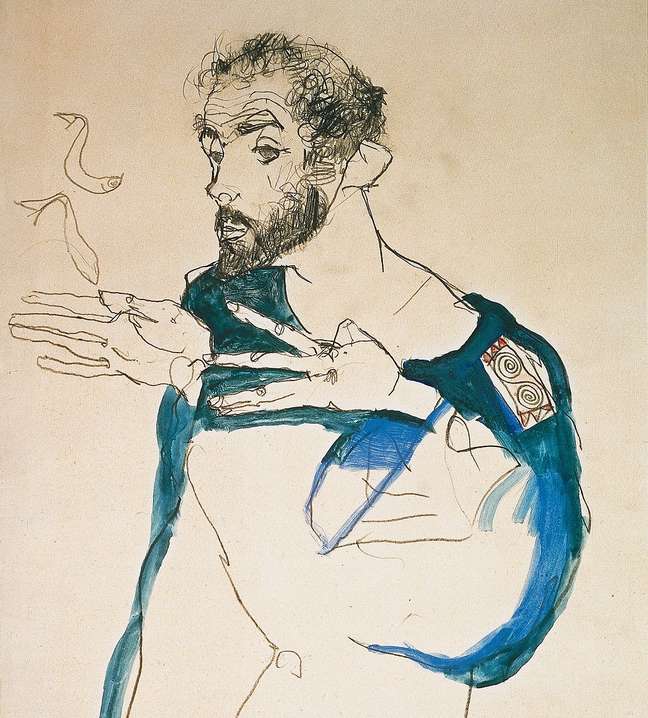
Without forgetting artists such as Gustav Klimt, who in 1913 painted one of his last paintings, “The Young Woman” or “The Virgin”, and caused great controversy with a series of erotic drawings exhibited at the International Exhibition of Printmaking and Drawing in Vienna.
In the same year, his disciple, the Austrian painter and engraver Egon Schiele, gave the world many of his most famous paintings, such as “Friendship” and “Woman in Black Stockings”, and wrote to the collector Franz Hauer:
“Just painting is not enough for me; I know that colors can be used to establish qualities. When you see an autumn tree in the summer, it is an intense experience that involves your whole heart and being; I would like to paint that melancholy.”
And while it was still a largely male-dominated society, several women also made a big impact, most notably composer, author and editor Alma Mahler.
In 1913, she began her tumultuous and passionate relationship with Austrian artist, poet and playwright Oskar Kokoschka, which would inspire them both to create great works of art.
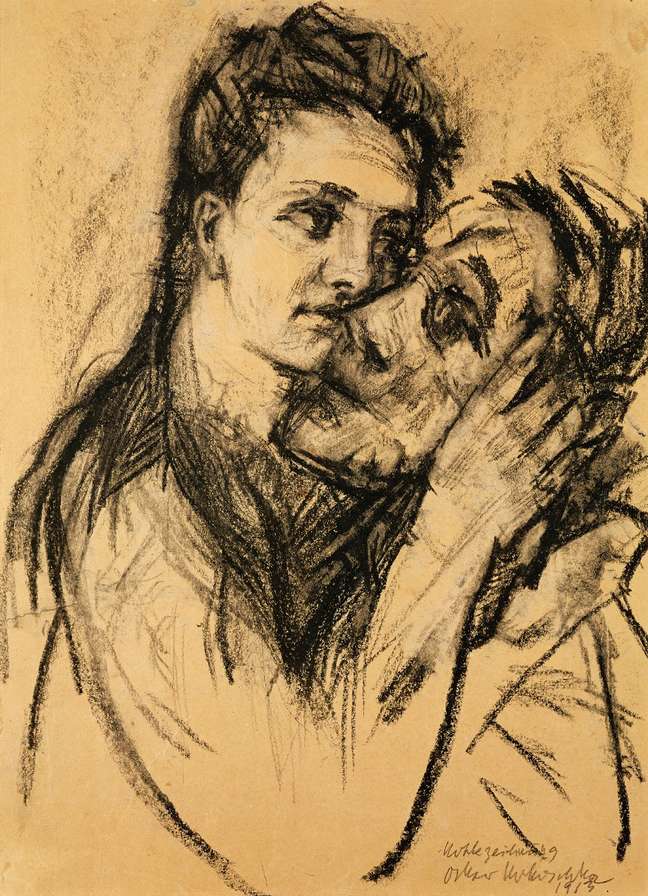
But while the city was, and still is, synonymous with music, lavish dancing and waltzes, its dark side was particularly dark.
A large number of citizens lived in the slums, and in 1913 nearly 1,500 Viennese killed themselves.
Nobody knows if Hitler knew Trotsky or if Tito knew Stalin.
But the situation has inspired works like the 2007 radio comedy “Dr. Freud Goes to See You, Mr. Hitler,” by Laurence Marks and Maurice Gran, in which they imagine such encounters.
the great war
Presiding over everything in the city’s labyrinthine Hofburg Palace was the 83-year-old Emperor Franz Joseph I, who had reigned since 1848, the year of the great revolutions.
Archduke Franz Ferdinand, his designated successor, resided in the nearby Belvedere Palace, anxiously awaiting the throne.
His desire to marry Countess Sophie Chotek, lady-in-waiting to the Archduchess, caused much controversy.
As heir to the empire, he was invited to marry into a European royal family, but, deeply in love, he declined, marrying Sophie in 1900 after accepting that their children would be incapable of ruling.
The archduke saw the weakness of his father’s empire and tried to counter it by strengthening the army and navy.
In 1913, he became Inspector General of the Army, at the same time that a group in Serbia, the Black Hand, started hatching a plan against him.
His assassination on June 28, 1914 would trigger World War I.
The fire destroyed much of Vienna’s intellectual life.
The empire imploded in 1918, propelling Hitler, Stalin, Trotsky and Tito into careers that would forever mark world history.
+The best content in your email for free. Choose your favorite Terra newsletter. Click here!
Source: Terra
Camila Luna is a writer at Gossipify, where she covers the latest movies and television series. With a passion for all things entertainment, Camila brings her unique perspective to her writing and offers readers an inside look at the industry. Camila is a graduate from the University of California, Los Angeles (UCLA) with a degree in English and is also a avid movie watcher.

